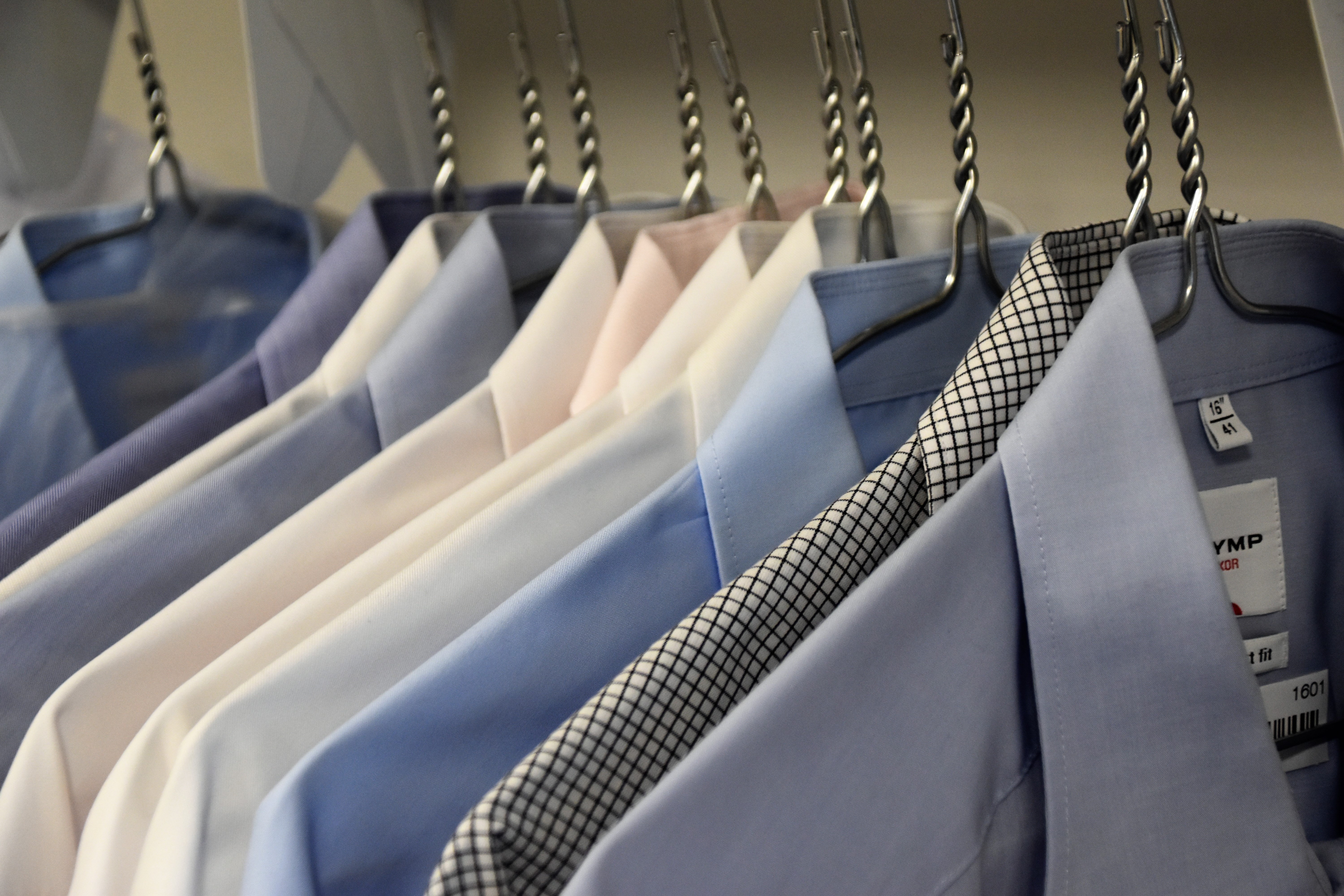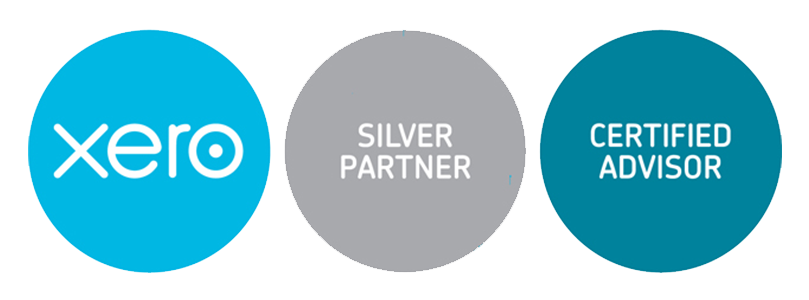
ATO expects many laundry claims will be hung out to dry
This tax time, the ATO, as usual, has nominated some tax claim hot spots that it will be paying attention to — and which you should approach with caution when claiming these deductions.
For example, the ATO has already flagged that it will be checking returns for taxpayers who take advantage of the exemption from keeping receipts when spending less than $150 on laundry expenses. The ATO believes that too many people are claiming this without actually incurring the expense.
In an announcement issued 4 June, the ATO said that for last financial year around six million taxpayers claimed work-related clothing and laundry expenses that totalled about $1.5 billion. It said that 25% of all laundry and clothing claims were exactly at the record-keeping limit.
Assistant Commissioner Karin Foat said in the ATO announcement that it viewed as “unlikely” that so many working taxpayers would be required to wear uniforms, protective clothing or occupation-specific clothing to earn assessable income.
“Your workplace may expect you to wear clothing items like suits or black pants,” Foat said. “But an official ‘dress code’ doesn’t qualify as a uniform and you can’t make a claim for normal clothing, even if your employer requires you to wear it, or you only wear it to work.”
The ATO also points out that its increasingly thorough data analytics capabilities can identify unusual claims by comparing taxpayer returns to other workers in similar occupations. “Our data analytics will flag claims that are significantly above the average in occupations that regularly claim for laundry, like chefs or security guards. It will also flag claims made by people in occupations that usually don’t claim, like office workers,” she said.
Help for correctly calculating a laundry claim
If you are claiming $150 or less for clothing and laundry (and less than $300 for work-related expenses in total), you will be well advised to:
- Make sure your claim is for eligible clothing (occupation-specific, protective or uniform). Remember, you can’t claim for plain or conventional clothing, even if your employer requires you to wear it, and even if you only wear it at work.
- Calculate your claim for washing, drying and ironing at:
- $1 per load if the load is made up only of work-related clothing
- 50c per load if you include other laundry items
- The ATO, especially this tax time, may ask for some sort of substantiation to demonstrate how often you wore your eligible clothing (for example, evidence that someone worked three shifts a week for 48 weeks in a year).
Case studies where clothing claims were knocked back
- A retail assistant working in a fashion store claimed more than $700 for store brand clothing she had purchased and was expected to wear to work. As the clothing was conventional she was not able to claim a deduction, and her claim was disallowed.
- A stockbroker claimed the cost of purchasing suits, which he regarded as his ‘work uniform’. While many workplaces have a written or unwritten dress code, his suits are considered conventional or everyday clothing and his claim was refused.
- Conventional clothing such as black trousers and a white shirt, or a suit, are not sufficiently distinctive or unique to an employer. Clothing in a specific colour or brand isn’t enough to classify clothing as a uniform.

Bowdler Tax and Accounting provides accounting, compliance, business management and taxation advice that assists clients to manage and grow their business.

